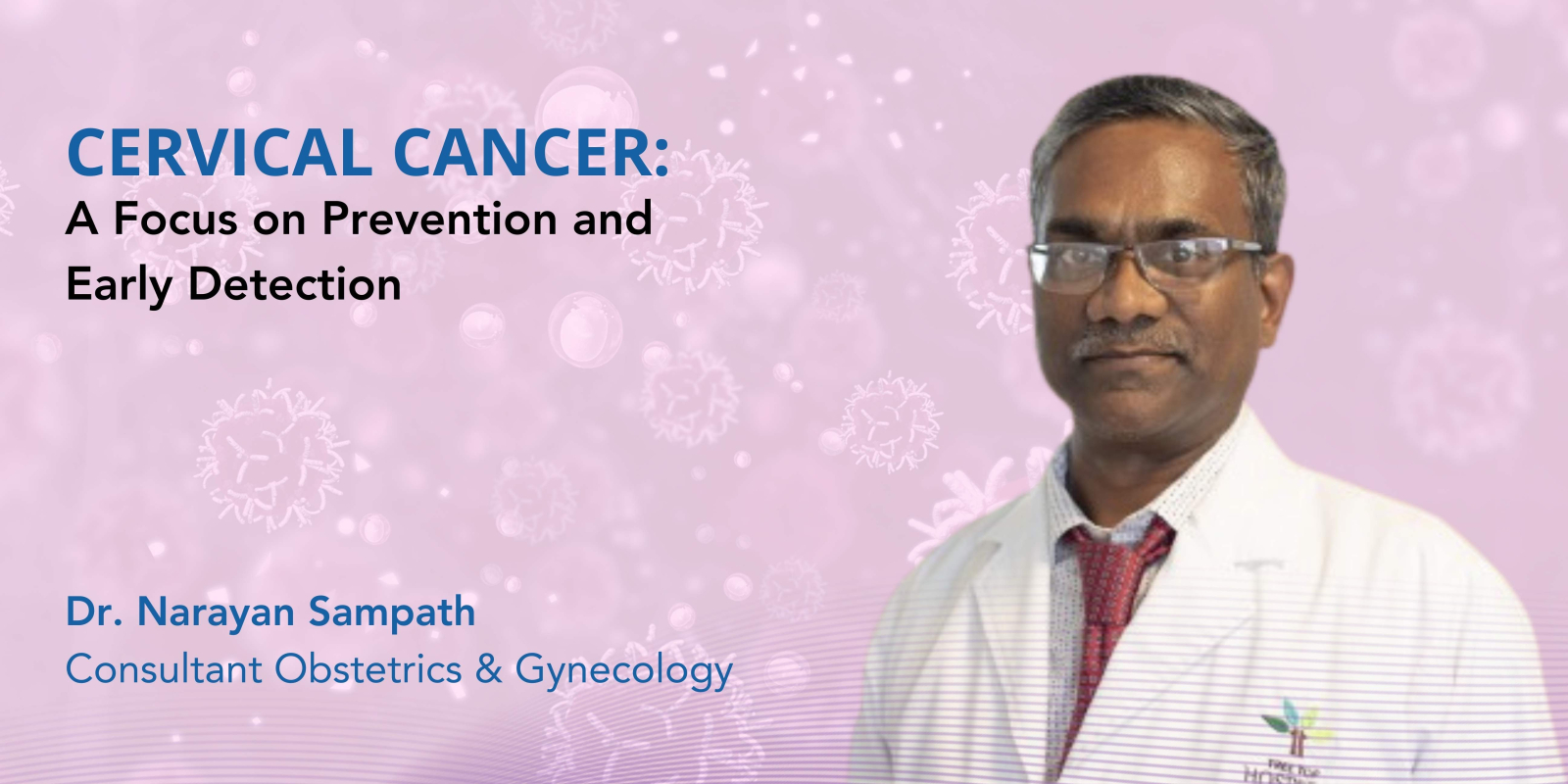
Cervical Cancer: A Focus on Prevention and Early Detection
Cervical cancer, a disease arising from the lower part of the uterus, remains a significant global health concern. However, thanks to advancements in screening and treatment, the incidence of this cancer has been steadily declining. |
Understanding the Risk |
The primary culprit behind cervical cancer is the Human Papillomavirus (HPV), a sexually transmitted infection. While most HPV infections are harmless, certain high-risk types can lead to the development of precancerous and cancerous cells in the cervix. |
Early Detection is Key |
The cornerstone of cervical cancer prevention and control lies in early detection. Regular gynecological checkups, including:
are crucial for identifying precancerous changes and early-stage cancers, allowing for timely and effective treatment. |
Prevention Strategies |
|
Remember: |
|

